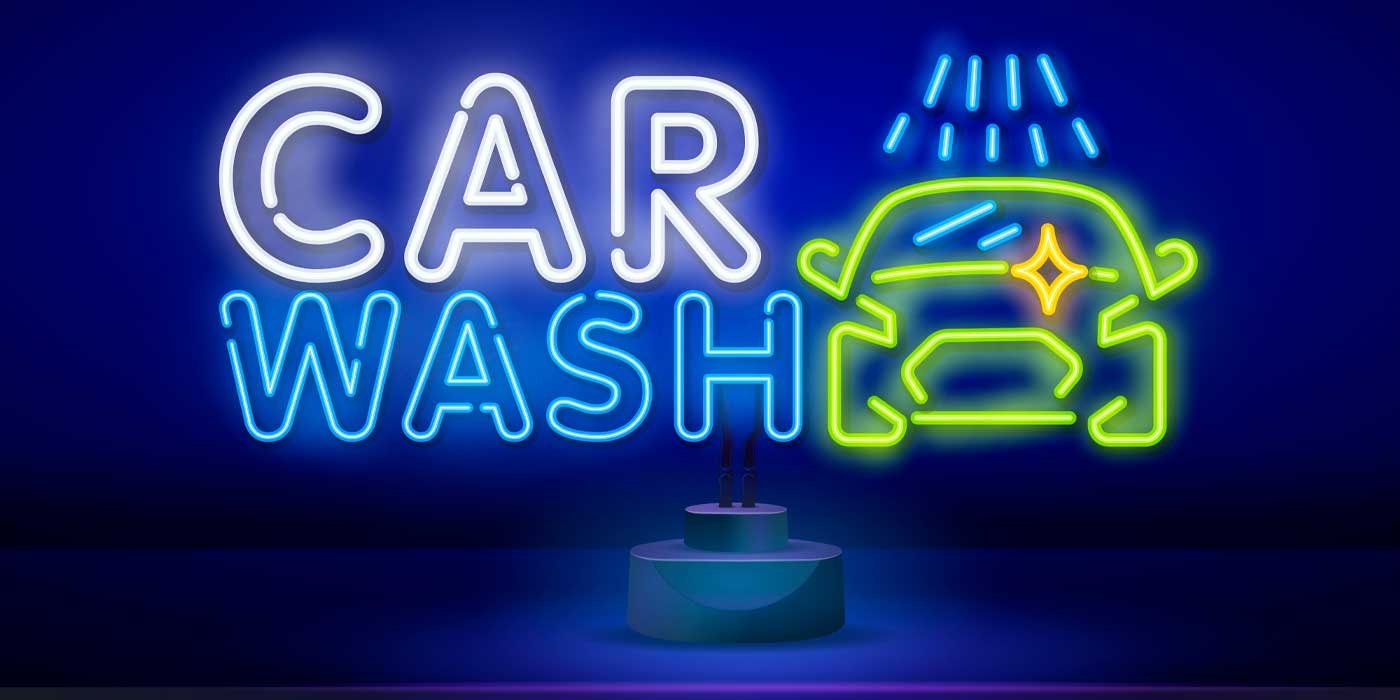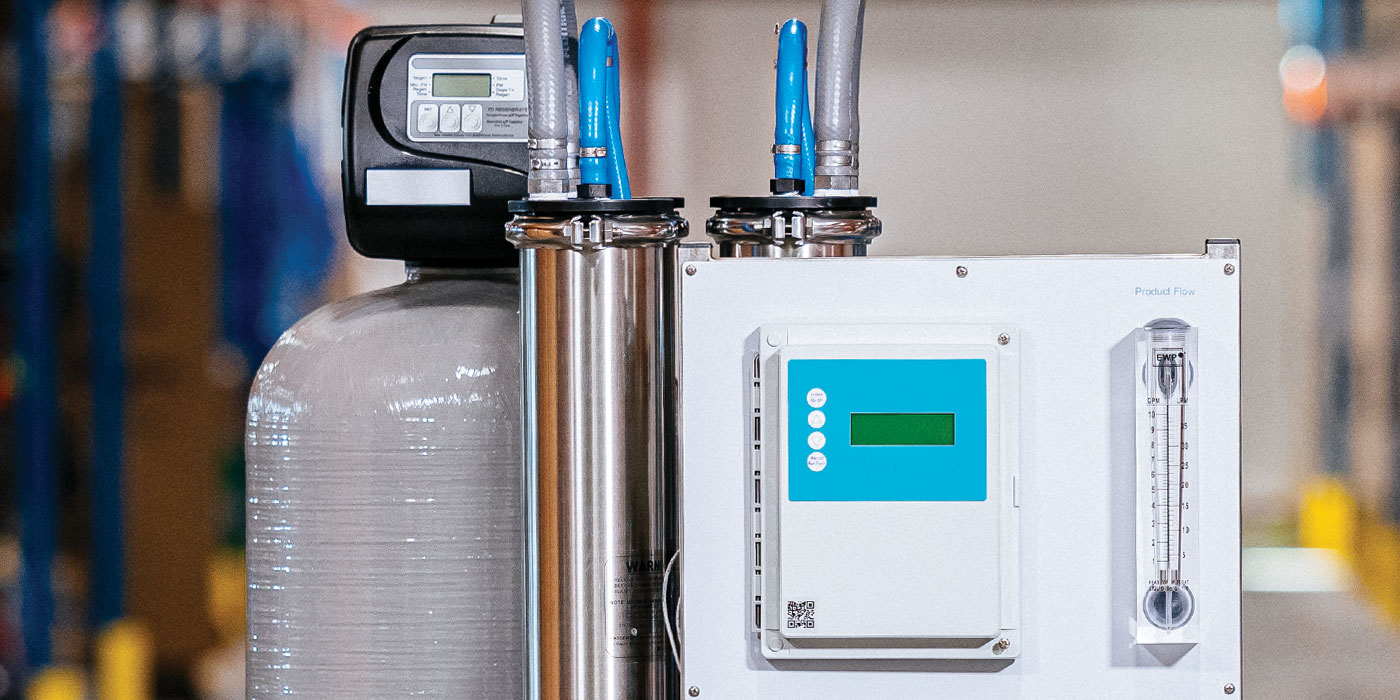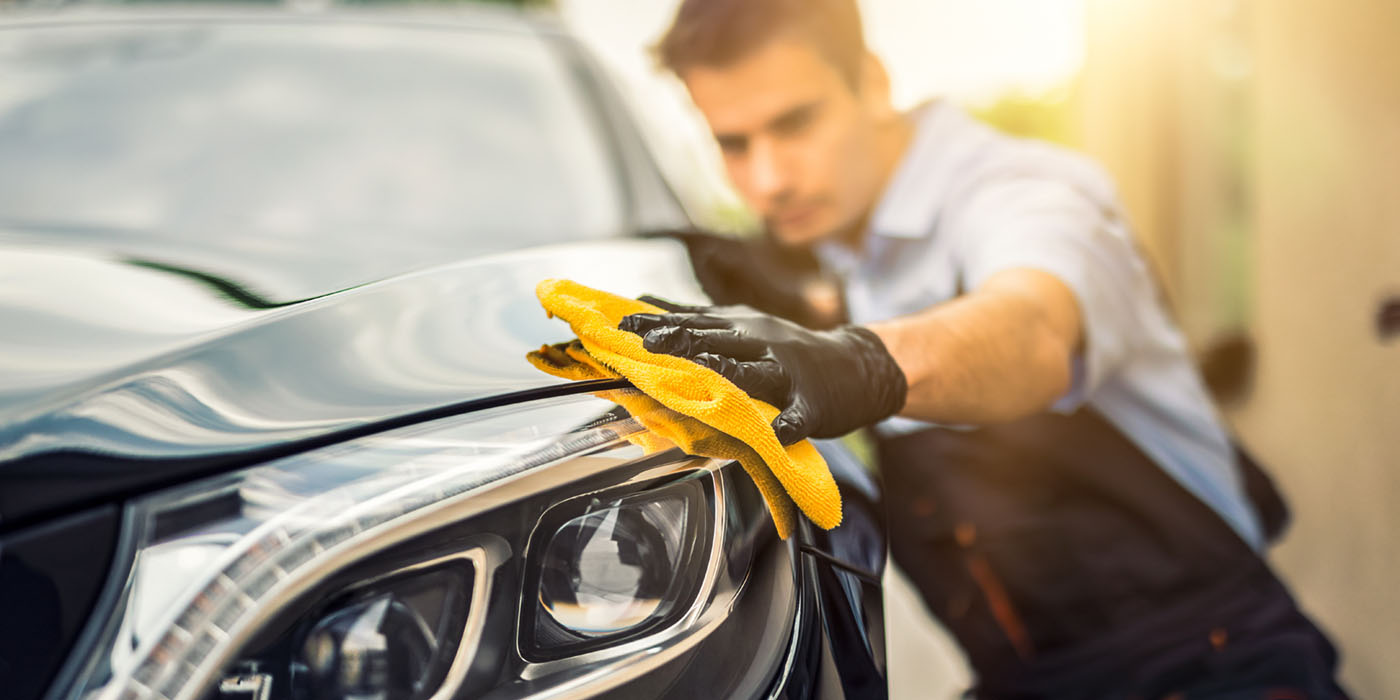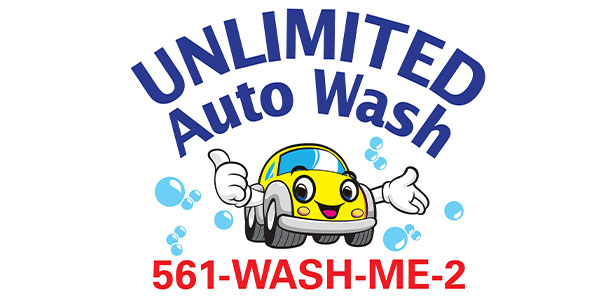In the early days of carwashing, since resources were cheap and abundant, the industry was generally not overly concerned with how much water or electricity carwashes were using. Now, however, it’s a different story. As populations and technology use have grown over the last few decades, the world has steadily become more and more environmentally conscious, and everyone now seems to examine what impact he or she has on the environment and how there might be a way to lessen it.
Because of this mindset, customers gravitate towards eco-friendly businesses — although they won’t necessarily pay much more for it. Similarly, many carwash owners in the past may have balked at the price of implementing eco-friendly technologies, but the truth is that the numbers now could actually make more sense for your wash.
With all the resources that carwashes use, not only will becoming eco-friendly help your carwash’s image, but it can also help you save money in the long run. Advances in carwashing equipment, water recycling and eco-friendly chemicals mean that carwashes today can use less to earn more.
Lessening the power load
To be clear, professional carwashing as a whole already works in the environment’s favor. As Robert Andre, vice president of customer success with SONNY’S The CarWash Factory, says, “Professional carwashes have always been the most environmentally friendly way for consumers to wash a vehicle. I actually believe that many misconceptions about carwashes, and especially water use, drove a lot of regulation that required carwashes to add things like reclaim systems.”
That being said, innovation never occurs if we remain at the status quo. We can always go further, and the same can be said for reducing our environmental impact. For instance, according to Andre, over the years, electric motors have come a long way.
Take the National Electrical Manufacturers Association (NEMA) Premium® efficiency motor program, for example. According to the association, motors that have this label will optimize efficiency, reduce electrical power consumption and costs as well as improve system reliability. The association estimates that the program would save about 5,800 gigawatts of electricity, which translates into preventing emissions of nearly 80 million metric tons of carbon dioxide over the next 10 years — the equivalent of keeping 16 million cars off the road.
Another way to reduce electricity usage is by installing variable frequency drives (VFDs). Think of a VFD like a dimmer switch: You can still turn on the equipment at maximum power if you need to, but if you don’t, you can adjust it to whatever level you need.
“The VFD will allow an electric motor to ramp up slowly to full speed, thus eliminating the heavy inrush most motors have on startup. By ramping up the motor slowly, it oftentimes extends the life of the motor as well as saving on electrical demand,” Andre explains. Turning equipment on and off pulls larger loads of electricity than letting equipment operate at lower levels at all times, thus saving your electric bill as well.
“Friction equipment like wraparound washers, top brushes and tire brushes can all operate using energy-efficient electric motors or hydraulic systems by using VFDs to dial in the speed and reduce wear,” Andre adds. Even using them to reduce blower power from 60 hertz to 50 hertz allows some savings on power with often-minimal decline in performance.
While newer motors and VFDs can help you save electricity, carwash equipment itself has also evolved to use less water. “Modern carwash chemicals and the way they are applied use less water and [result in less] chemical waste,” Andre explains. “The waste can be further reduced by using technologically advanced carwash controls to specifically target problem areas and devices like truck bed detectors, so you don’t fill the bed of trucks with unneeded chemicals.”
Of course, then the question becomes: Why worry about wasting water when you can reuse it?
Wash, rinse, reuse … repeat
Water is undoubtedly the lifeblood of a carwash, and as mentioned, professional carwashing already uses less of it than driveway washing does.
According to “Education in Nonpoint Source Pollution Prevention,” a study published by www.mass.gov, an average driveway wash uses 116 gallons of water. In fact, the report says, “Most commercial carwashes use 60 percent less water in the entire washing process than a simple home wash uses just to rinse off the car.” By that math, the average carwash would use around 46.4 gallons per vehicle.
But, carwashes can still do better, and that’s where water recycling comes in. According to the study “Water Use, Evaporation and Carryout in Professional Car Washes,” published by the International Carwash Association (ICA), the conveyor carwashes in the study averaged using 30 gallons of freshwater per vehicle — and every site had a water reclaim system.
In that same study, the ICA examined six in-bay automatics (IBAs), four of which used water reclaim only on the undercarriage while another two used it on both the undercarriage rinse and the initial high-pressure pass. The average use of freshwater for all IBAs was 44.8 gallons per vehicle. However, the two IBA sites that also used reclaim on the high-pressure rinse used only 26.9 and 29.9 gallons respectively — a 15- to 18-gallon difference.
“Water recycling equipment is becoming standard equipment in any wash today,” notes John Gibney, vice president and general manager of Aqua Bio Technologies. “As municipalities continue to increase water and sewer rates to pay for upgrades in water treatment plants and replace aging infrastructure, washes are increasingly unable to afford running on all-city water. Also, with advancements in water recycling technologies, it is now possible to recycle 100 percent of the wash water captured and reuse it in all stages of a wash, so the dependency on city water is no longer needed.”
Of course, Gibney concedes, there are parts of the country where water is still cheap enough to use that installing a water recycling system does not make financial sense. However, he adds, it is only a matter of time before these areas also see increased water and sewer rates, as a majority of the country already does.
Nonetheless, it’s important to note that there are multiple types of water recycling systems available to install. While all recycling systems use three or more settling tanks to settle out most of the solids via gravity, it is the final stage(s) that determines the usability and cleanliness of the water.
Water reuse
After the last settling tank stage, this water is pumped back into the system for reuse. However, it still contains suspended solids and all the chemicals used in previous washes. Additionally, in warmer weather, this water will give off a rotten-egg odor produced by the natural, anaerobic microbes within it. This type of water could be used for undercarriage washes, as an example.
Water reclaim
When water is pumped into the last settling tank, it is processed through either a form of filtration or cyclonic separation to reduce the solids to a micron level. The water is then treated with ozone, ultraviolet light, zinc or copper oxide to kill the natural microbes and prevent odors when being reused. However, most of the chemicals from the previous washes are still in this water, so there are limits as to where it can be used. A majority of water system brands in the vehicle wash industry manufacture these types of systems.
Water restoration
When the water is pumped from the last settling tank, it is sent through hydro cyclones to separate remaining solids down to five microns. The water is also aerated to promote aerobic microbe growth and then sent into a biologic chamber, where these microbes are grown to consume chemical waste. They are 90 percent more aggressive in consuming chemical waste in water than anaerobic microbes, and they give off carbon dioxide, which has no smell. This water can be reused in all functions of the wash except for the spot-free rinse.
Restored spot-free
This takes water from a full restoration system, processes it further and then sends it to a reverse osmosis system to produce spot-free rinse water, thus allowing the operator to use biologically restored water in all stages of the wash.
Aeration versus ozone
Gibney also notes that there is a major difference between using an aeration-based water recycling system and an ozone-based one. As stated previously, aeration systems promote the growth of aerobic microbes, which are beneficial to removing chemicals and produce no odor. This system is completely safe to operate and requires only quarterly nutrients and an annual aeration air filter change to maintain.
Ozone-based systems, on the other hand, use ozone or hydrogen peroxide dosing to mitigate odor and break down chemicals in the water. However, these substances kill off the microbes that dispose of chemicals, so the chemicals still remain in the processed water. Ozone systems also require gas replenishment and parts replenishment, which can be quite costly.
Chemicals obviously pose a major issue in the reusability of water. In fact, it’s not just the water recycling system that you need to worry about — it’s the type of chemicals you use too. Gibney asserts, “Before water recycling systems, washes took on city water, mixed in chemicals, washed cars with that water and then discharged that water to sewer. Now, with water recycling systems as standard-place, biodegradability and compatibility [of chemicals] are absolutely necessary. Water recycling systems today have to be able to remove the used chemistry from the water and reuse it effectively in order to provide a wash quality equal to or better than city water. The only way this can be done successfully is by using truly biodegradable and compatible wash chemicals.”
Safe and biodegradable chemicals
Not only is it beneficial to waste fewer chemicals, but there are also safer chemicals — for the environment and your employees — available as well. But, what exactly defines an eco-friendly chemical?
According to Bob Kuczik, director of sales and marketing for Wheel-eez, “Eco-friendly carwash chemicals are noncorrosive, biodegradable and nonflammable, which means they are extremely safe. Traditionally, most standard carwash chemicals are classified as dangerous or considerably less safe. If a hazmat shipment fee is charged, then that chemical is not safe. If the labels read corrosive, that product is not safe.”
Unlike traditional carwash chemicals, many of which contain hydrofluoric acid (HF) and ammonium bi-fluoride (ABF), eco-friendly chemicals will not harm your customers’ cars, your employees or the carwash itself.
Related: Top 4 benefits of using eco-friendly chemicals
In fact, Kuczik says, the ICA has taken a clear position that carwashes should not be using chemicals with HF and ABF.
If these chemicals are so harmful, why have they been used up to this point? Simply put, many operators believe them to be cheaper and to have a higher cleaning power. However, these chemicals are also highly feared and dangerous. Both HF and ABF can burn through human skin, and even a small exposure to the skin can cause a heart attack, according to Kuczik. One mishap would be all it takes to change your mind, but why risk it?
“Eco-friendly chemicals are now competitive [in cleaning power and price], and as with all new products, you can expect lower pricing as demand increases and production efficiencies are amortized,” Kuczik states.
Even if the cost of the chemicals themselves are higher in comparison to standard chemicals, manufacturers are finding other ways to cut costs to make them competitive. For instance, some eco-friendly chemicals are available in concentrates that can be heavily diluted. By eliminating the need to use the standard 55-gallon drum and shipping through USPS, UPS or FedEx, freight cost is heavily reduced.
Furthermore, when you factor in that you don’t have to replace corroded equipment, the cost of purchasing eco-friendly chemicals tilts in their favor. “Carwashes are paying almost six figures to replace flooring, walls and conveyors after years of destruction from use of corrosive chemicals,” Kuczik explains.
He also notes that some chemical labels in the industry may have contributed to operators’ misconceptions about the safety of certain chemicals. For instance, he says, alkaline chemicals are touted to be a preferable alternative to acidic chemicals, but that does not mean all alkaline chemicals are safe. To say something is the “best non-acid cleaner,” while also plastering a “corrosive” label on the drum, is misleading.
All in all, there are companies that have developed proven, cost-effective alternatives to standard carwash chemicals, but, as Kuczik notes, “It takes a confident and determined operator to break free of the contracts and bundling deals at a time when eco-friendly is the future and corrosive chemicals are the past.”
Remember, we’re in the era of going green, so if you’re making eco-friendly investments, be sure to tout it to your customers. They’ll appreciate your concern, and it might prove to be a factor in their loyalty to your carwash(es).













